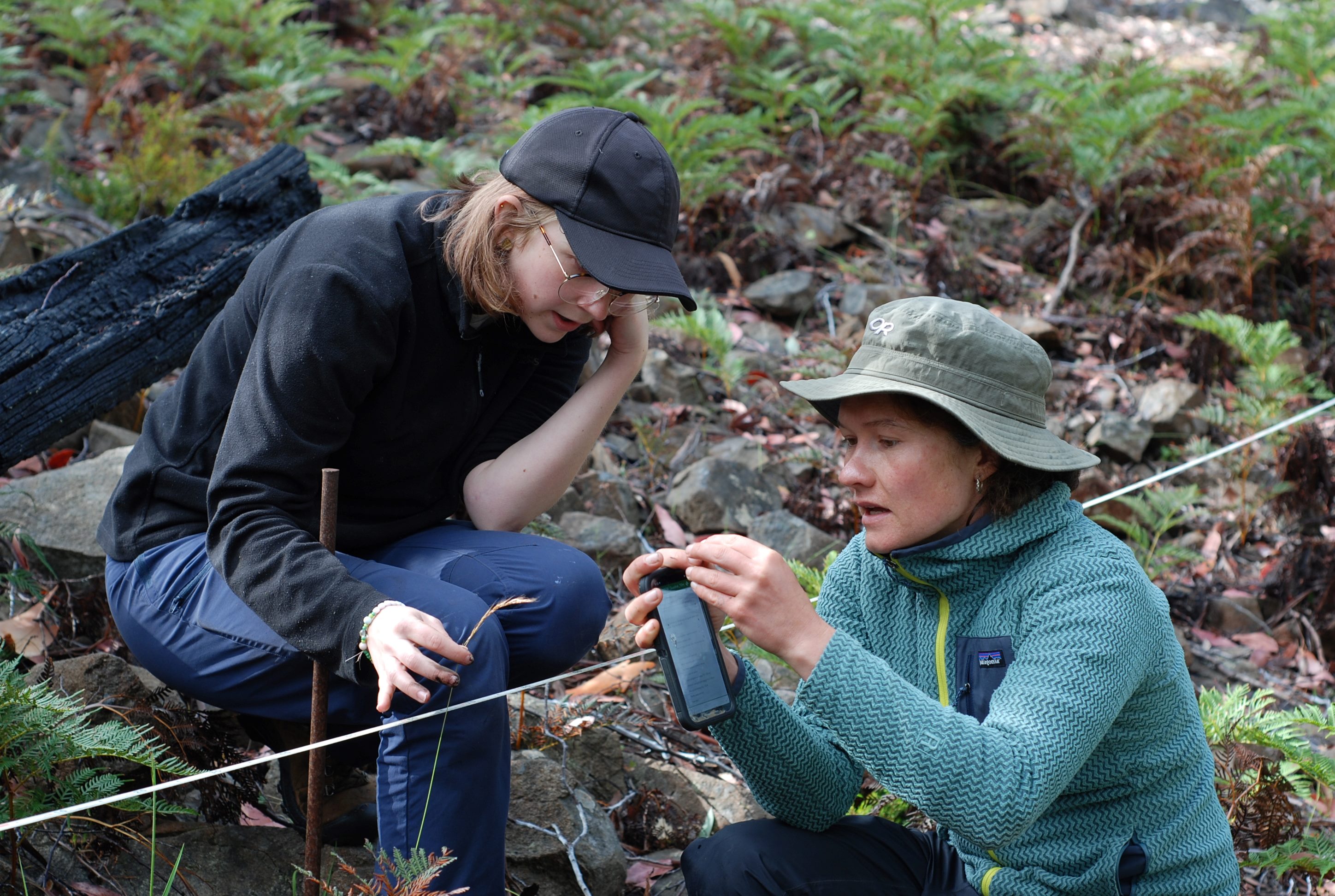The importance of Arctic or alpine treeless expanses – the tundra – in terms of carbon emissions made international news last month.
One of the international scientists involved in the 25-years-in-the-making study is Mark Hovenden, Professor of Plant Ecology at the University of Tasmania. The research was published in the internationally recognised science journal Nature in April and covered in our University news.
The study, which analysed 136 datasets across 28 tundra sites, including the Silver Plains Reserve in Tasmania’s Central Highlands, sheds light on how these ecosystems are responding to rising temperatures.
Professor Hovenden said the study's findings have been surprising and show the importance of the alpine environment.
"Our research shows tundra and alpine areas can be major emitters of carbon when they lose their water storage abilities and dry out,” he said.
“While we were aware that emissions were occurring, the rate was a surprise as it was almost four times more than previously estimated.”
They also found a remarkable 30 percent increase in the amount of carbon released from the ecosystem, potentially turning these important carbon stores into a source of CO2 to the atmosphere.
“These findings really show the urgency of the situation and the critical role our wetlands and peat swamps play in mitigating climate change,” Professor Hovenden said.
"It also shows the importance of prioritising the restoration of areas like Tasmania's highlands, which play a crucial role in the broader ecosystem."
Professor Hovenden’s interest in botany began as a child on caravanning holidays along Australia’s east coast. After studying botany in Sydney, Mark moved to Tasmania in 1991 to work as a research scientist at the Australian Antarctic Division where he studied the ecology of lichens at Windmill Islands, near Casey Station. The research was published as a PhD from the University of Tasmania.
He began working as a lecturer in the School of Plant Science in 1998, teaching plant structure and function and plant ecology.
When working in the highlands of Tasmania, he works with Conservation Science and Planning Manager at the Tasmanian Land Conservancy (TLC) Cath Dickson, who noted that, as well as being a leading researcher, Mark has played an important role as a mentor to students.
Several of these students have gone on to be employed by the TLC, which includes working at Silver Plains Reserve.
One such alumna is Aimee Bliss (BSc Hons ’17) a conservation ecologist at the TLC. Aimee has conducted scientific research and fieldwork in Tasmania, Macquarie Island and Antarctica.
At the Tasmanian Land Conservancy she contributes to the science teams’ work monitoring and managing the TLC reserve estate, including in the Central Highlands.
“We undertake vegetation condition assessments, recording a range of vegetation components including species diversity, understorey cover, tree canopy health and presence of seedlings – to check the overall health of plant communities as part of our long-term monitoring program,” Aimee said.
“Highlights of my role have been getting to explore and know our reserves intimately and learning more about Tasmania’s vegetation.
“It’s rewarding as it helps direct our management actions where they are most needed, to improve the health of plants and habitats on our reserves.”
Aimee said Professor Hovenden was a big influence on her career choice.
“He was a very inspiring teacher,” she said.
“Mark taught me from second year at uni, his enthusiasm and engaging way of teaching sparked my interest in botany.”

…………………
Banner image: Professor Mark Hovenden’s (PhD ’97) leading a walk and talk with TLC supporters at the Five Rivers Reserve in Tasmania’s Central Highlands.
Image credit: Eddie Saffarik
Connect with our alumni community to discover more.


